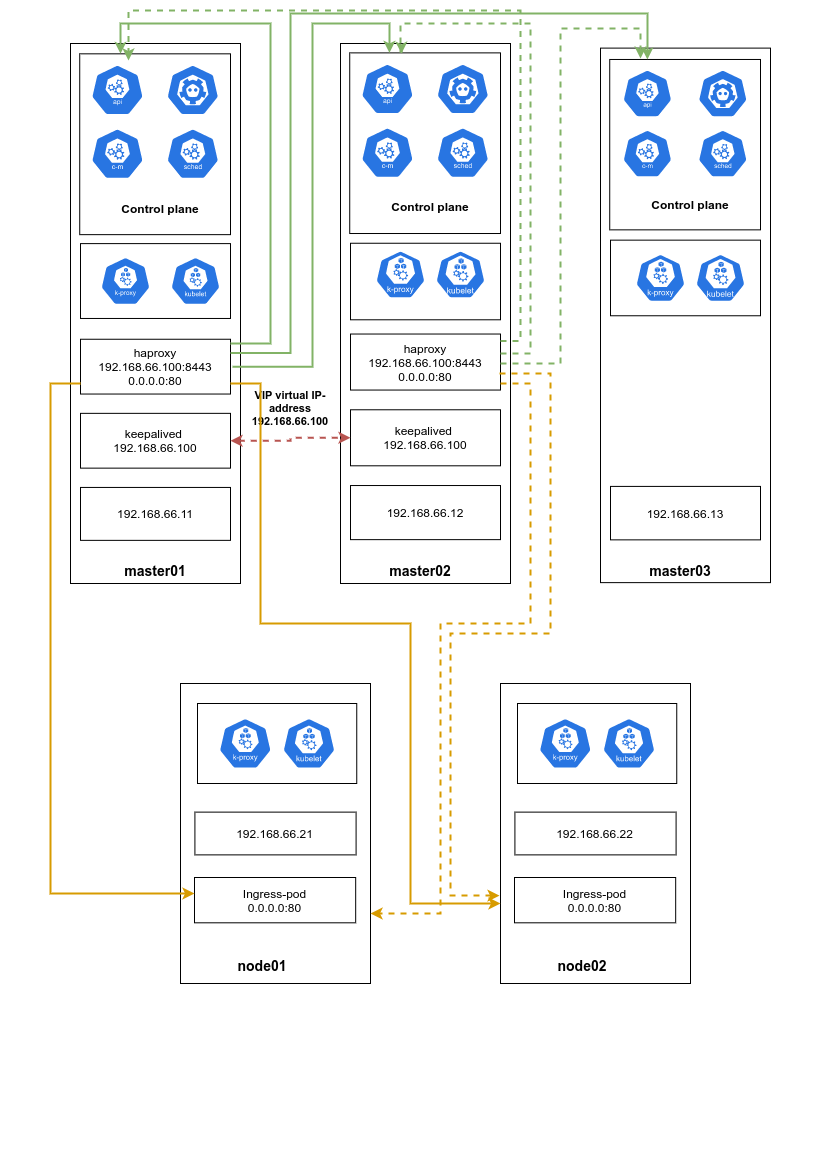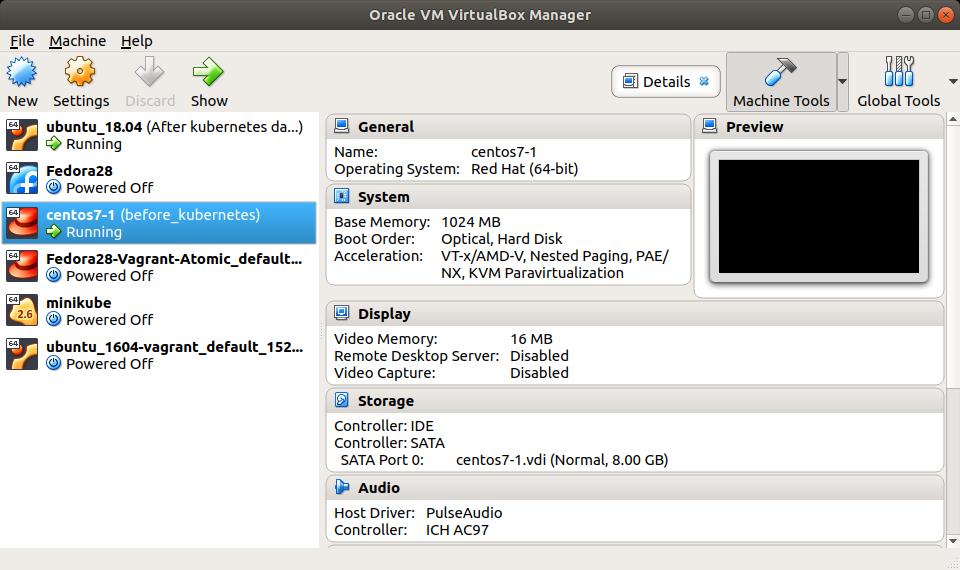


- #Kubeadm centos 7 vagrant install#
- #Kubeadm centos 7 vagrant update#
- #Kubeadm centos 7 vagrant upgrade#
- #Kubeadm centos 7 vagrant software#
Specify custom POD_NW_CIDR of your choice.Specify NODE_IP_NW as the network IP which can be used for assigning dynamic IPs for cluster nodes from the same network as Master.Specify the MASTER_IP as static IP which can be referenced for other cluster configurations.Specify NODE_COUNT as the count of minions in the cluster.Set SETUP_NODES to true/false depending on whether you are setting up minions in the cluster.This is true by default for spawning a new cluster. Set SETUP_MASTER to true if you want to setup the node.BOX_IMAGE is currently default with “coolsvap/centos-k8s” box which is custom box created which can be used for setting up the cluster with basic dependencies for kubernetes node.
#Kubeadm centos 7 vagrant install#
You will need to install kubeadm package on your host to create the token with following command You need to generate a KUBETOKEN of your choice to be used while creating the cluster.export KUBECONFIG (PWD)/configs/config Once you copy the kubeconfig (config) file to your local HOME/.kube directory you can run the kubectl command against the cluster Verify the config by listing the cluster nodes. Kubectl get pods –all-namespaces Cluster Configuration Options AWSLambda Kubernetes DevOPSProject DevOPS Linux Aws Docker Kubernetes Ansible Git GitHUB Jenkins Nagios Maven CICD TerraformSetup Kubernetes. Make sure you execute the command from the vagrant-kubeadm-kubernetes folder where you have the Vagrantfile. You can check the status of cluster with following command, If you use Vagrant-based VMs on your workstation, you can start and stop the cluster whenever you need.
#Kubeadm centos 7 vagrant upgrade#
For CKS, you have to upgrade the cluster using kubeadm. For CKA you might be asked to bootstrap a cluster using Kubeadm.
#Kubeadm centos 7 vagrant software#
I am a Senior Software Engineer at Microsoft, working on various tooling around container technology like Docker, Kubernetes, etc.With reference to steps listed at Using kubeadm to Create a Cluster for setting up the Kubernetes cluster with kubeadm.
#Kubeadm centos 7 vagrant update#
Verify if you need to update Flatcar by running the following two commands:Įnable TLS bootstrapping in a Kubernetes cluster Exec in container environment Recent Posts Fight Your Instincts - Your Default Behaviour is Hurting You OctoLearnings from 'Atomic Habits' OctoUnchanging Contexts and Degrading Productivity SeptemCertified Kubernetes Security Specialist CKS exam tips SeptemLearnings from 'Sapiens' AugSee More Categories Mkdir -p /etc/systemd/system/Ĭurl -sSL " $ $DOWNLOAD_DIR/ Setup Networking systemctl enable dockerĬat <

 0 kommentar(er)
0 kommentar(er)
